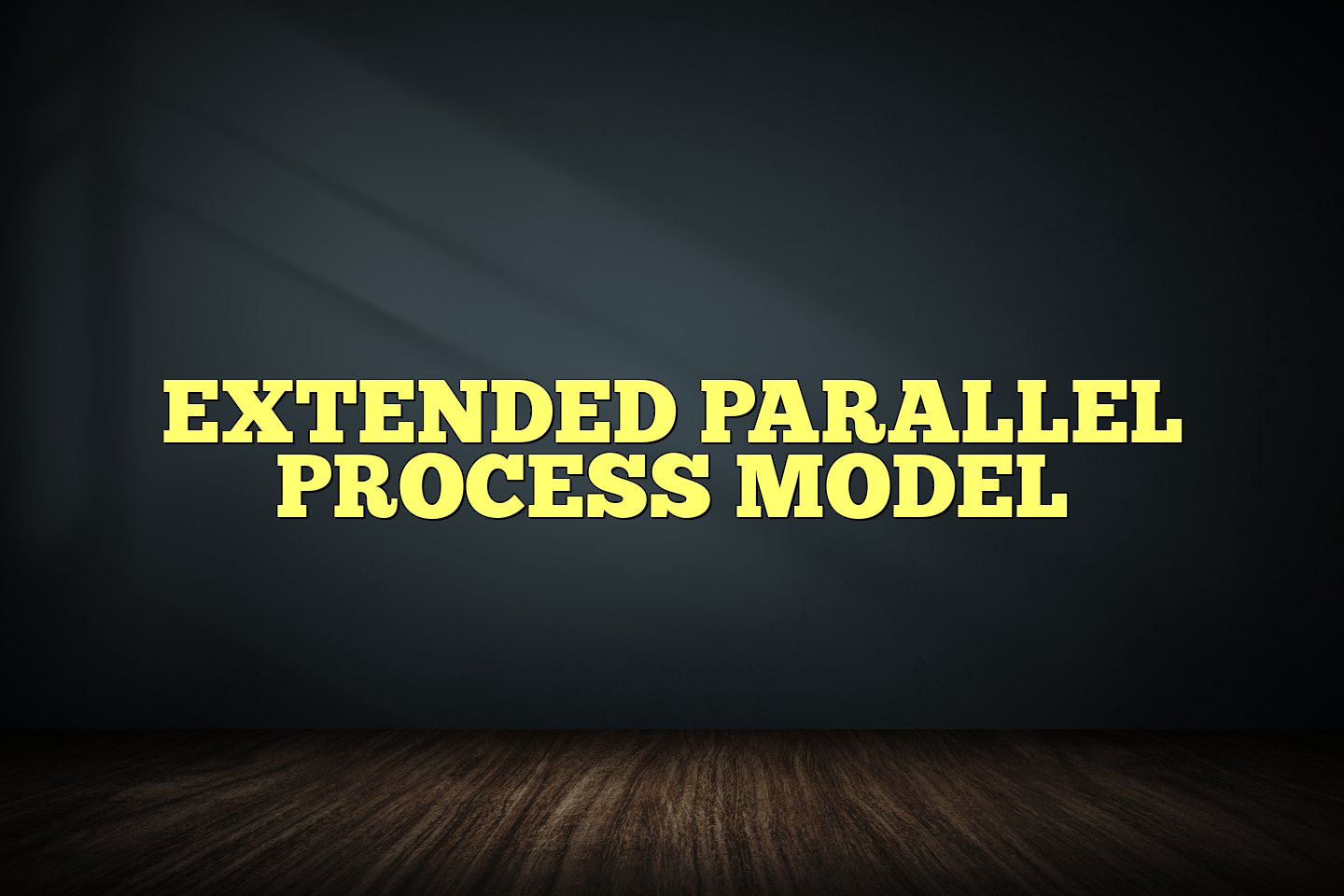The Extended Parallel Process Model (EPPM) is a theoretical framework that explains how individuals respond to perceived threats and take action to protect themselves. Developed by communication scholars Kim Witte and Mike McKinney, the EPPM draws upon principles of communication, psychology, and risk perception to provide a comprehensive understanding of how people process and respond to fear appeals. In this essay, we will explore the concept and framework of the EPPM, its key components, and its application in various contexts. By the end, readers will have a better understanding of how this model can be used to effectively communicate and promote behavioral change in individuals and communities.

The Extended Parallel Process Model is model of how attitudes are formed and changed when fear is used as a factor of persuasion. The model states that fear appeals are most effective when an individual cares about the issue or situation, and that individual possesses and perceives that they possess the agency to deal with that issue or situation.
When an individual is exposed to an external stimuli or message consisting of fear, the individual can seek one of two courses of action Danger control or fear control.
Danger control
The danger control process is when the individual seeks to reduce the risk presented through direct action and adaptive changes. This is caused by protection motivation and response efficacy, the perception that an effective response is available.
Fear control
The fear control process focuses on the perception, susceptibility and severity of risk. This maladaptive change, or counter productive behavior. This is caused by defensive motivation and self efficacy, the perception that the individual is capable of utilizing this response.